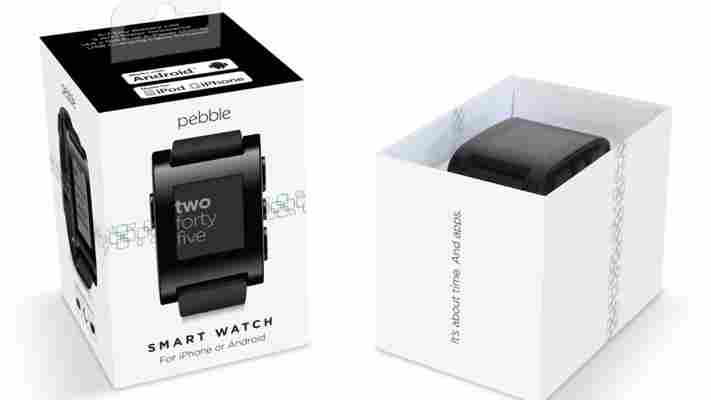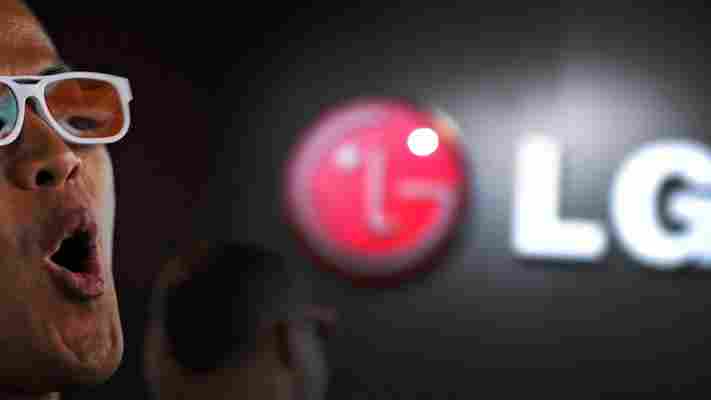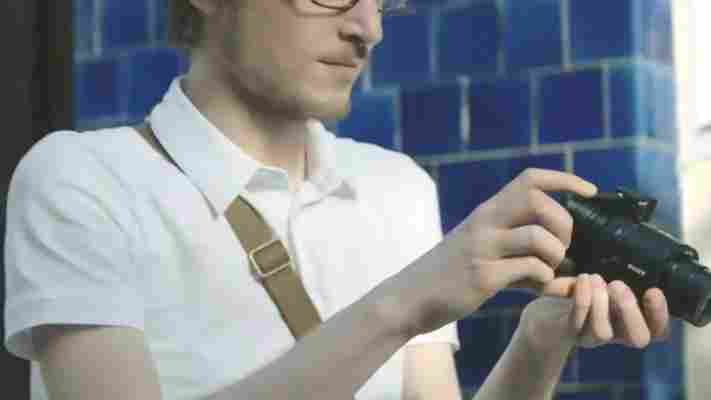Pebble has announced an exclusive partnership with Best Buy that brings the popular smartwatch to the retailer’s online store and will place it in outlets beginning on July 7.

The Pebble watch’s wild ride began last year with a $10 million Kickstarter project , the largest in the crowdfunding site’s history. In May, the company announced a $15 million Series A round to help it expand its team and increase production.
The watch connects to either iOS and Android devices via Bluetooth and features a black-and-white e-ink display. The platform’s open SDK has given rise to a number of third-party apps and integrations.
Best Buy is offering the black Pebble device for sale first, and will sell a red version in August. The watch’s other three colors (orange, grey and white) are available directly from Pebble.
Commenting on the launch, Pebble CEO Eric Migicovsky said:
Pebble released an update to its software on Monday, adding developer features ahead of a new version of the PebbleKit SDK and fixing a number of bugs.
While Pebble is relatively unchallenged in the smartwatch space now, recent reports suggest it will soon be facing competition from several of the largest tech companies. Apple has been spotted registering for the iWatch trademark in Japan, and Google is said to be developing its own smartwatch. The Wall Street Journal has also heard from suppliers that Microsoft is looking into building a touchscreen watch device.
LG’s G Flex is official: A 6-inch curved-screen smartphone with a 13-megapixel camera
After several leaks of the much-rumored G Flex, LG’s take on a curved-screen smartphone is now finally official. Well, according to a Korean press release that was published and first spotted by The Verge , but subsequently pulled.

UPDATE: The G Flex has been confirmed officially in an English-language press release, reiterating the same details that the Korean press statement revealed. The rest of the original article is below.
The Korean press release is no longer live but Engadget has a rough English version (put through Google Translate) that reveals the G Flex has a six-inch 720p display and runs on a quad-core Snapdragon 800 processor, as well as 2GB of RAM. The device is powered by a 3,500 mAh battery and comes with a 13-megapixel rear-facing camera.
Just like LG’s flagship G2 smartphone , the G Flex comes with power and volume buttons on the back, and runs Android Jellybean version 4.2.2.
Earlier this month, Samsung unveiled its first smartphone with a curved screen: the Galaxy Round. Compared with the Galaxy Round, the G Flex is curved in a different way — the screen is curved from top-to-bottom instead of side-to-side. LG describes it as “curved to follow the contour of the face.”
LG is also touting an incredible feature for its G Flex which the company compares to Wolverine from X-Men — a “self-healing” special film on the back cover that apparently remove scratches within minutes.
The G Flex will be rolling out in South Korea next month, and LG says availability in additional markets will be announced later — hinting that it will most certainly be rolling out internationally.
In addition to producing its own flexi-screen smartphone, LG is also set to begin mass-producing flexible OLED parts , which will allow other phone makers to bring the technology to their devices.
Headline image via David Becker/ Getty Images , G Flex press images via LG
Leaked video ad shows off Sony’s upcoming QX100 and QX10 attachable smartphone lenses
Sony is expected to announce the QX100 and QX10 , two attachable lenses that fit onto consumers’ existing smartphones, at the IFA trade show tomorrow. A video ad has leaked early though, giving us a pretty good idea of what they look like and how they’ll operate.

The clip shows the user pairing the lens with a Sony Xperia smartphone simply by tapping it once on the back of the device. A PlayMemories app is then launched, before attaching the lens with a small plastic arm. The video makes it look a little tricky, but hopefully the process will be quicker and rather less taxing with a little bit of practice.
The app also suggests that the lenses can be detached at any time, while still being connected with the user’s smartphone. This means consumers can position the QX100 and QX10 away from their device, but still review, control and ultimately take the shot using their chosen handset.
There’s also the standard options for sharing images, as well as the ability to apply filters and edit them using “favorite apps”, whatever that means. It’s difficult to see this as a mass market product, but for aspiring photographers this could be rather compelling, especially if Sony expands the range over time.
➤ Sony QX100 and QX10 attachable Lenses (via The Verge )
